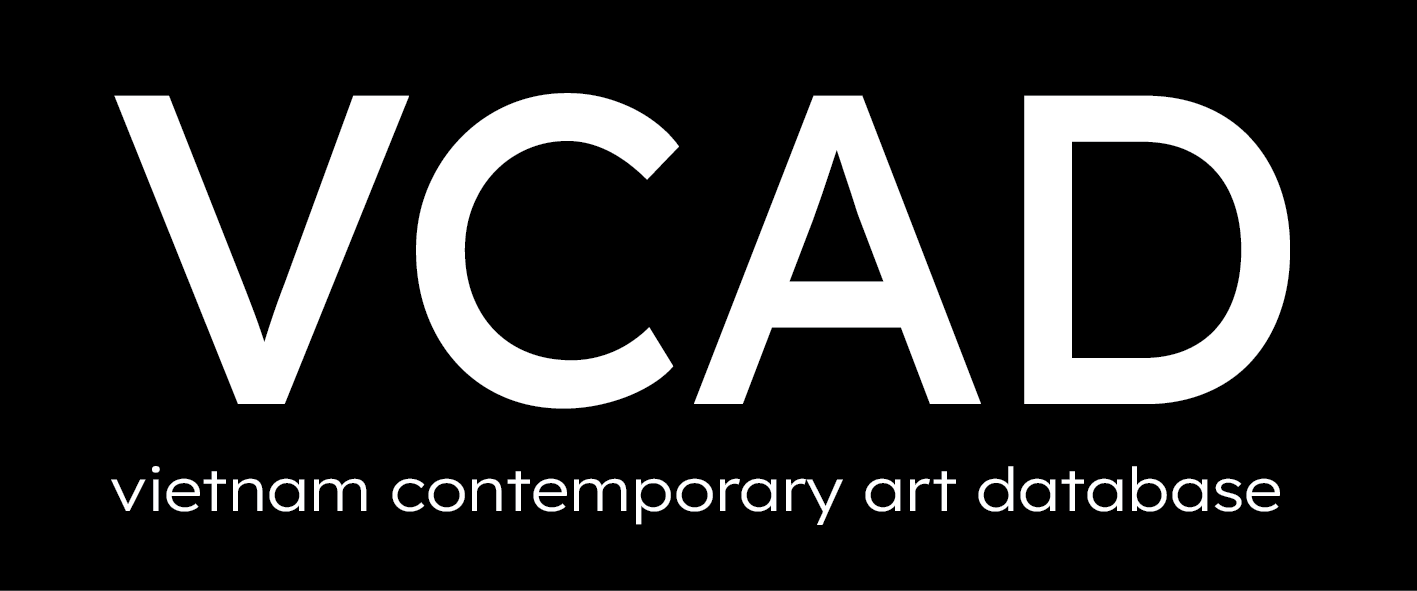Description
At the beginning of 2014 during my two-month residency as part of the Pisaot program at Sa Sa Art Projects (an experimental art organization run by artists in Phnom Penh, Cambodia), I visited a floating village inhabited by ethnic Vietnamese people on Tonlé Sap lake (Siem Reap and Pursat, Cambodia). Poverty, hunger, a lack of education and corruption constantly plague this village of more than 400 households. While some are recent arrivals, others have been living here for three or four generations, yet very few have been granted Cambodian citizenship. For many, the only documentation they have is a membership card issued by the General Association of Vietnamese Cambodians. Much controversy surrounds this issue from political, economic and social standpoints, but during my stay, all I saw were children without a future, all I was told were tales of people having to come up against those with money and power. Day by day was the phrase that I heard most often, one that defines the villagers’ present and future.
Throughout my research, I thought a lot about the significance of the ID card and how it impacts one’s life and consciousness. Civilization has led to many innovations, the ID card being one of them. But for certain groups of people, the ID card presents a problem that in turn affects other aspects of life. Contained within this small object are one’s identity, power, status, and even dreams. As a result of my interviews with the villagers, I created 348 ID cards for 348 stateless people. The cards were printed onto their old clothes marked with grease, tears, and patches. Without any stamps or symbols of specific territories or countries, ID Card (2014) questions the importance of government-issued identification to secure employment, residency and an education, which in turn impacts one’s economic status and quality of life.
Description from “No more, not yet” Exhibition Brochure, 2023, p. 7.

